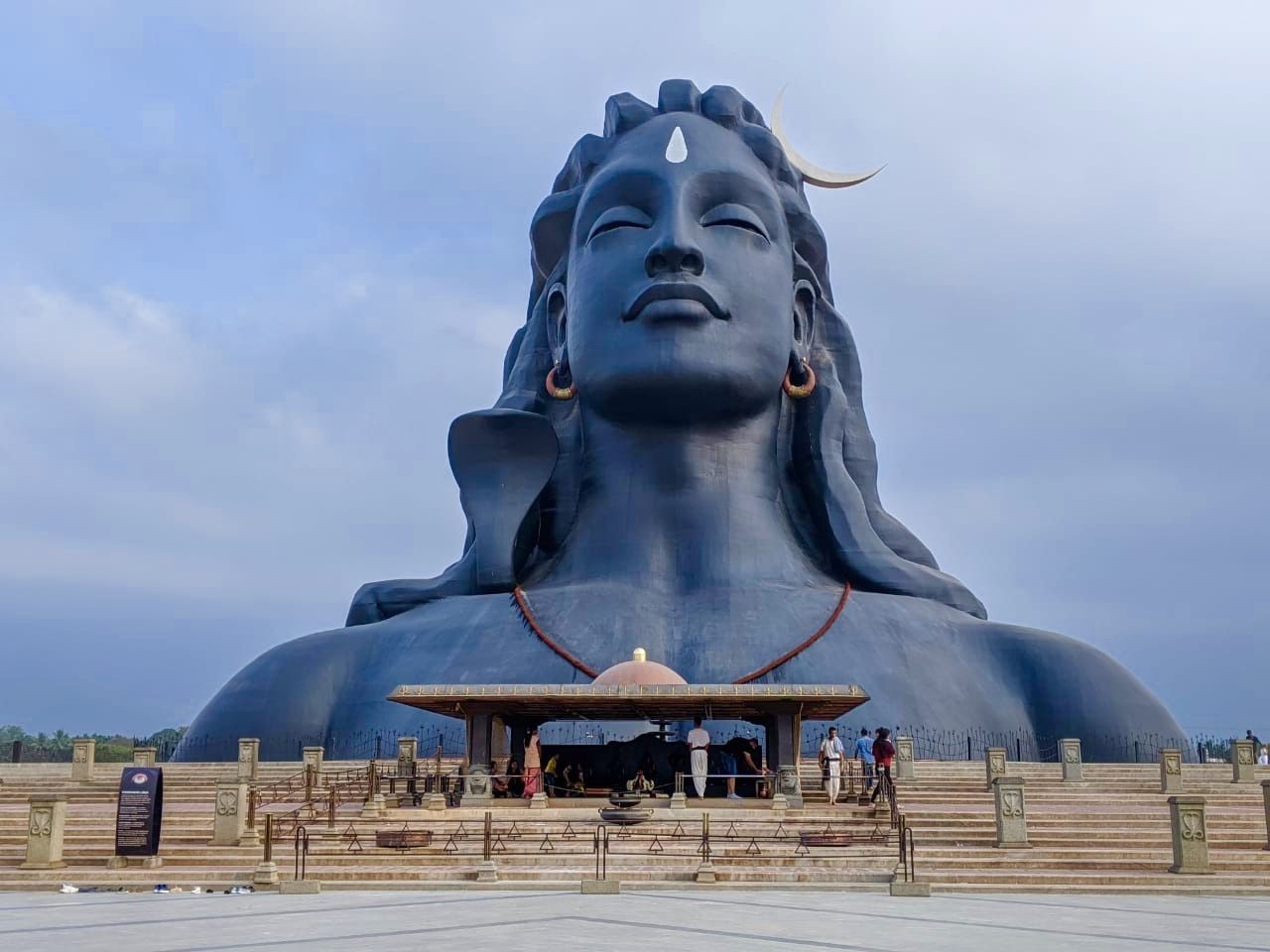
The Story of Shiva’s Third Eye and Its Hidden Symbolism
When we visualize Lord Shiva, one of the first things that come to mind is his serene face, the crescent moon resting over matted hair, Ganga issuing out of hair, and, of course, the mystical third eye in the dead center of his brow. Have you ever taken a moment, however, to wonder what constitutes this third eye? Is it a figment of mythology, a mere legend, or is it symbolic? Let’s journey through the mythology and symbolism of Shiva’s third eye.
Here is the Detailed Story of Shiva’s Third Eye
The Fiery History Behind Shiva’s Third Eye
The legend tells that one day, in deep penance, unaware of the universe, Shiva was interrupted in his penance by no less a god, Kamadeva, god of desire, challenging him to ignite in him a flame of desire for Parvati.
Enraged at having been interrupted, in a state of fury, Shiva flung open his third eye, and, with a beam of flame, consumed Kamadeva with ashes.
Also Read: Top 5 Must-Visit Temples in the UK for Spiritual Experiences
The Underlying Symbolism: Something Greater Than a Simple Story
Shiva’s third eye is not only a weapon but also a symbol of the eye of wisdom. As our two physical eyes enable us to view the material world, the third eye enables us to view the reality behind the illusions. It is a symbol of inner vision, enlightenment, and the ability to incinerate ignorance. It is all about viewing the truth that’s usually concealed beneath the surface.
Interestingly, this symbolism can be observed in Indian temples in UK structures, in which representations of such metaphysical entities as the third eye can be seen. Not only are such temples prayer sites, but centers of energy, in which devotees can access a state of heightened consciousness.
What It Means for Us Today
You don’t necessarily have to become a Himalayan guru in an attempt to open your ‘third eye’. It’s a case of creating awareness, consciousness, and discernment in life. It doesn’t matter whether one is practicing in an ashram, visiting one of the Indian temples in UK, or simply getting in touch with one’s inner self. It’s about finding inner light.
So, the next time you see Shiva’s face with his third eye, remember that it’s not simply a divine metaphor; it’s a challenge to cultivate your inner seeing.



